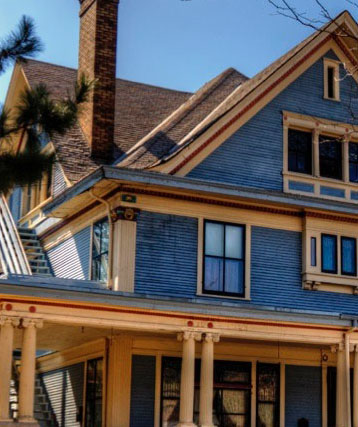 Starting this August, commissions for buyer’s agents will no longer be posted in the MLS. Up to now most of the time when I have worked with buyers I have been paid by the seller. The payment was listed in the MLS (Multiple Listing Service) and guaranteed.
Starting this August, commissions for buyer’s agents will no longer be posted in the MLS. Up to now most of the time when I have worked with buyers I have been paid by the seller. The payment was listed in the MLS (Multiple Listing Service) and guaranteed.
In fact, for many years we could not list a home in the MLS without including some payment for buyer’s agents. The MLS is a property database that belongs to Realtors and is the source of homes for sale. The data is fed to real estate company websites and large national real estate websites.
Home sellers may continue to pay out commissions to buyers agents or maybe not. Advertising the buyer’s agent commissions in the MLS was a huge incentive for buyer’s agents.
When buyers sign a contract with their agent agreeing to pay that agent X amount they need to make sure they have the funds to pay that agent. Before signing a buyer representation contract know where the money to pay your buyer’s agent will come from.
Look for an alternative to paying a commission based on a percentage of the value of a house. Be prepared to negotiate with your agent. Be open to the idea of paying for individual services up front rather than paying for full service when the purchase closes. There will be more about this in the coming months.




